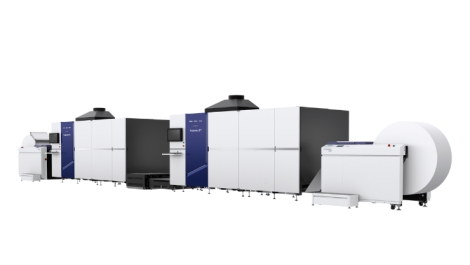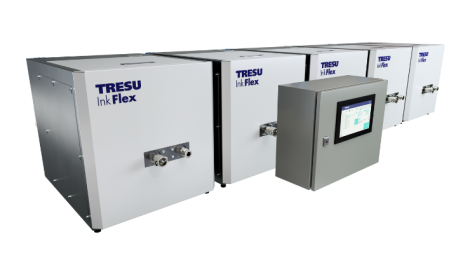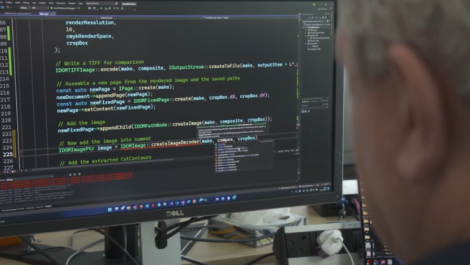In a move that should facilitate the integration of inkjet-based digital print into a growing range of industrial processes, Rip and related software developer Global Graphics has joined the Open Platform Communications (OPC) Foundation, a group of over 800 members that develops and supports communications standards used across a wide range of manufacturing sectors.
Based on developments in industrial automation and process control that began in the 1990s with Microsoft technologies, OPC UA (for unified architecture) is now an open-source standard for interoperability and data communication among a wide range of components used in automation control and monitoring systems. It has been adopted both in commercial manufacturing environments and endorsed as a standard by public sector bodies such as the German government.
‘The aim is to communicate both within a factory and outside, connecting to the Cloud or other internet resources,’ Eric Worrall, VP of products and customer success at Global Graphics, explained to Digital Printer. ‘Print is becoming a key component in industrial environments, such as laminate flooring production, wall decoration, tiles and even car bodies, where what would have been spray painted is now inkjet printed,’ he noted, adding that OPC members include major players such as Microsoft, Amazon, Siemens and Mitsubishi, and representing in excess of 50 million deployed OPC-compliant subsystems.
Support for OPC will allow inkjet printing systems developed by Global Graphics and its Meteor Inkjet print electronics arm, together with OEM print engine customers, to be integrated simply into existing manufacturing environments, allowing the print part of the manufacturing process to be monitored via Scada (supervisory control and data acquisition) systems for overall process efficiency optimisation and quality audit trail purposes, as well as collecting data for preventative maintenance.
Mr Worrall said that Global Graphics is pursuing two approaches with respect to adopting OPC technologies: firstly to provide simple integration into existing OPC-compliant manufacturing environments, and secondly to implement the communications protocols within products developed by itself and Meteor so that off-site or remote monitoring becomes possible via a wide range of existing software tools that support OPC. These products are as ever veiled by OEM confidentiality agreements but are understood to include various types of inkjet-based industrial décor printing and 3D printing systems, where the interaction with other manufacturing processes is perhaps even more obvious than in ink printing on rigid or roll substrates.
Asked how OPC technology is positioned against print industry communications standards like JDF, Mr Worrall explained that OPC works at the process or task level for individual elements or stages in a manufacturing operation. ‘JDF works at job management level; [OPC] doesn’t know about jobs,’ he said.





